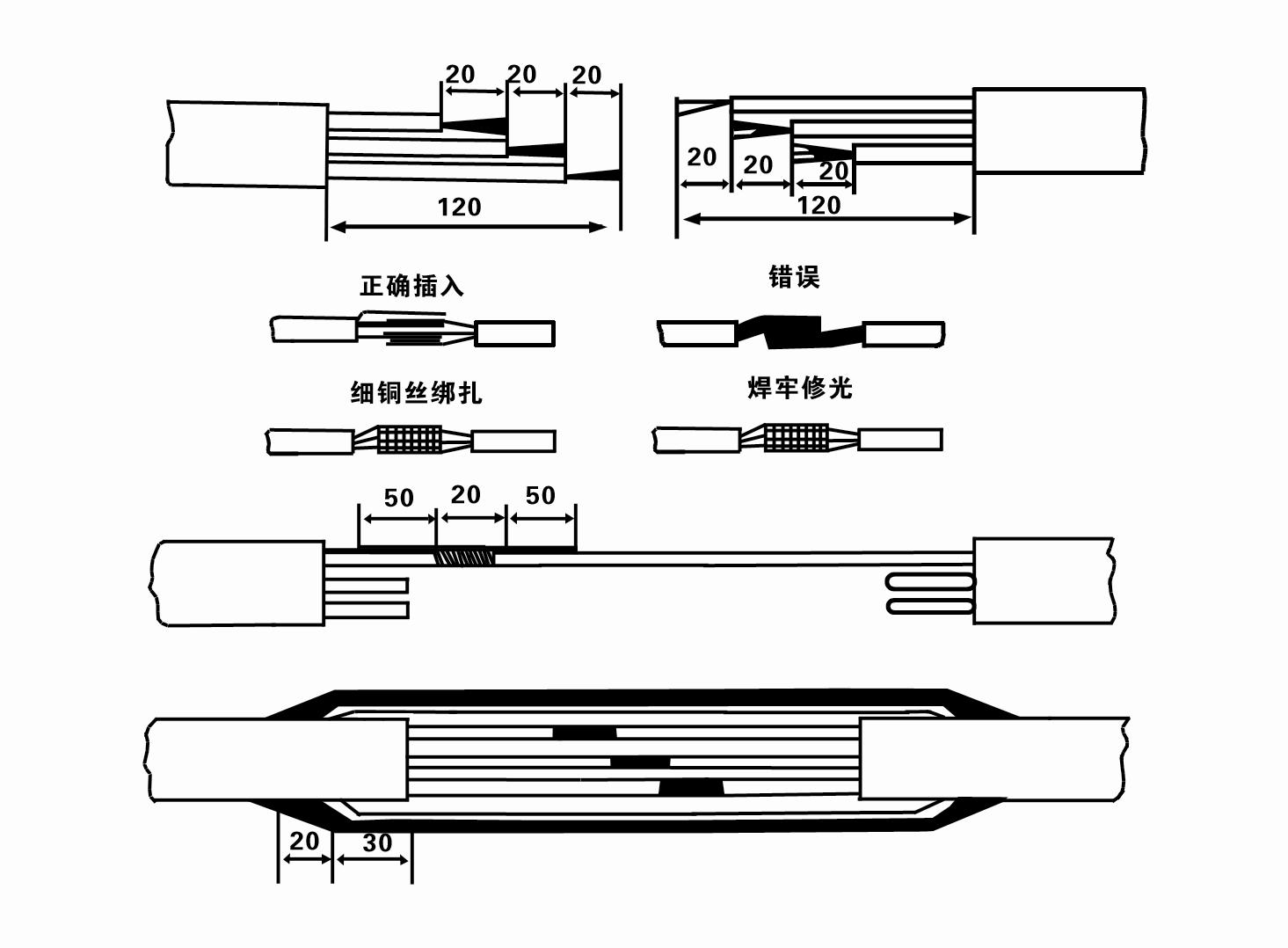Dec . 14, 2024 09:20 Back to list
submersible pump muddy water
The Importance of Submersible Pumps for Handling Muddy Water
In industries where water quality is a critical concern, such as construction, agriculture, and wastewater management, submersible pumps have emerged as indispensable tools for managing muddy water. These specialized pumps are designed to operate underwater, making them highly efficient for a variety of applications where muddy or contaminated water needs to be moved or managed quickly.
Understanding Submersible Pumps
Submersible pumps are hermetically sealed pumps that can be submerged in the fluid they are pumping. Unlike traditional pumps that must draw water to them, submersible pumps push fluid to the surface. This makes them particularly effective for pumping muddy water, which often contains a mixture of solids, sludge, sand, and other materials that can clog or damage standard pumps.
The primary components of a submersible pump include a motor, impeller, and volute. The motor is typically located within the pump housing, ensuring that it is submerged and adequately cooled while in operation. The impeller, a rotating component driven by the motor, creates centrifugal force to propel the fluid upward through the discharge pipe.
Applications in Muddy Water Management
Submersible pumps are employed in various scenarios where muddy water management is essential. In construction sites, for instance, groundwater can accumulate and become muddy due to sediment and debris. These pumps are vital for dewatering activities, allowing construction crews to maintain a safe and dry environment for work. Efficient dewatering not only reduces the risk of equipment damage but also improves safety for workers on-site.
In agriculture, submersible pumps are crucial for irrigation systems where muddy water may be drawn from lakes, rivers, or ponds. Farmers can leverage these pumps to circulate water that may contain silt and organic material, optimizing irrigation processes and ensuring healthy crop growth. The ability to handle muddy water also reduces the need for extensive filtering, saving time and resources.
Furthermore, in wastewater treatment facilities, submersible pumps play a significant role in handling effluent that can be highly contaminated and muddy. These pumps help transport sewage and sludge to treatment facilities, where it can be processed appropriately. By efficiently managing muddy water in these systems, submersible pumps contribute to environmental protection efforts and public health.
submersible pump muddy water

Key Features of Submersible Pumps
When selecting a submersible pump for muddy water applications, several important features should be considered
1. Durability Pumps should be constructed from high-quality materials that can withstand harsh conditions, including abrasive particles in muddy water.
2. Capacity Choose a pump that can handle the volume of water being moved. Flow rate and head height are critical specifications that dictate how much water a pump can manage over a certain period.
3. Size and Portability Depending on the application, the size and portability of the pump may play a crucial role. Some smaller, lightweight models are designed for easy transportation, while others may be heavier and more suited for permanent installations.
4. Energy Efficiency As energy costs continue to rise, selecting a pump that operates efficiently can help reduce operational costs in the long term.
Conclusion
Submersible pumps are essential tools for effectively managing muddy water across various applications. Their ability to operate under heavy-duty conditions while providing efficient water movement makes them indispensable in construction, agriculture, and wastewater management. As industries continue to evolve and face new challenges regarding water quality and resource management, the role of submersible pumps is likely to grow even more significant in ensuring efficient operations and environmental protection. Investing in high-quality submersible pumps can lead to better outcomes, higher productivity, and safer working conditions across various sectors.
-
Submersible Water Pump: The Efficient 'Power Pioneer' of the Underwater World
NewsJul.01,2025
-
Submersible Pond Pump: The Hidden Guardian of Water Landscape Ecology
NewsJul.01,2025
-
Stainless Well Pump: A Reliable and Durable Pumping Main Force
NewsJul.01,2025
-
Stainless Steel Submersible Pump: An Efficient and Versatile Tool for Underwater Operations
NewsJul.01,2025
-
Deep Well Submersible Pump: An Efficient 'Sucker' of Groundwater Sources
NewsJul.01,2025
-
Deep Water Well Pump: An Efficient 'Sucker' of Groundwater Sources
NewsJul.01,2025
-
 Submersible Water Pump: The Efficient 'Power Pioneer' of the Underwater WorldIn the field of hydraulic equipment, the Submersible Water Pump has become the core equipment for underwater operations and water resource transportation due to its unique design and excellent performance.Detail
Submersible Water Pump: The Efficient 'Power Pioneer' of the Underwater WorldIn the field of hydraulic equipment, the Submersible Water Pump has become the core equipment for underwater operations and water resource transportation due to its unique design and excellent performance.Detail -
 Submersible Pond Pump: The Hidden Guardian of Water Landscape EcologyIn courtyard landscapes, ecological ponds, and even small-scale water conservancy projects, there is a silent yet indispensable equipment - the Submersible Pond Pump.Detail
Submersible Pond Pump: The Hidden Guardian of Water Landscape EcologyIn courtyard landscapes, ecological ponds, and even small-scale water conservancy projects, there is a silent yet indispensable equipment - the Submersible Pond Pump.Detail -
 Stainless Well Pump: A Reliable and Durable Pumping Main ForceIn the field of water resource transportation, Stainless Well Pump has become the core equipment for various pumping scenarios with its excellent performance and reliable quality.Detail
Stainless Well Pump: A Reliable and Durable Pumping Main ForceIn the field of water resource transportation, Stainless Well Pump has become the core equipment for various pumping scenarios with its excellent performance and reliable quality.Detail
